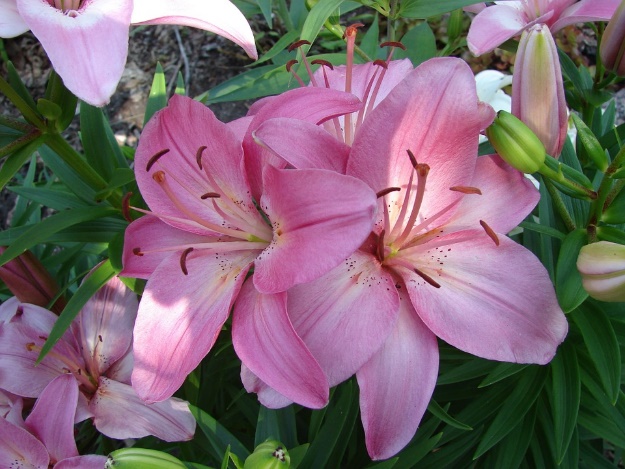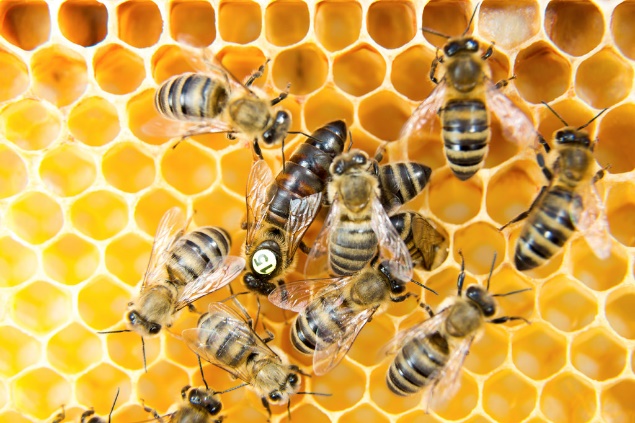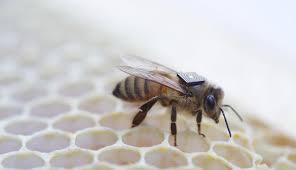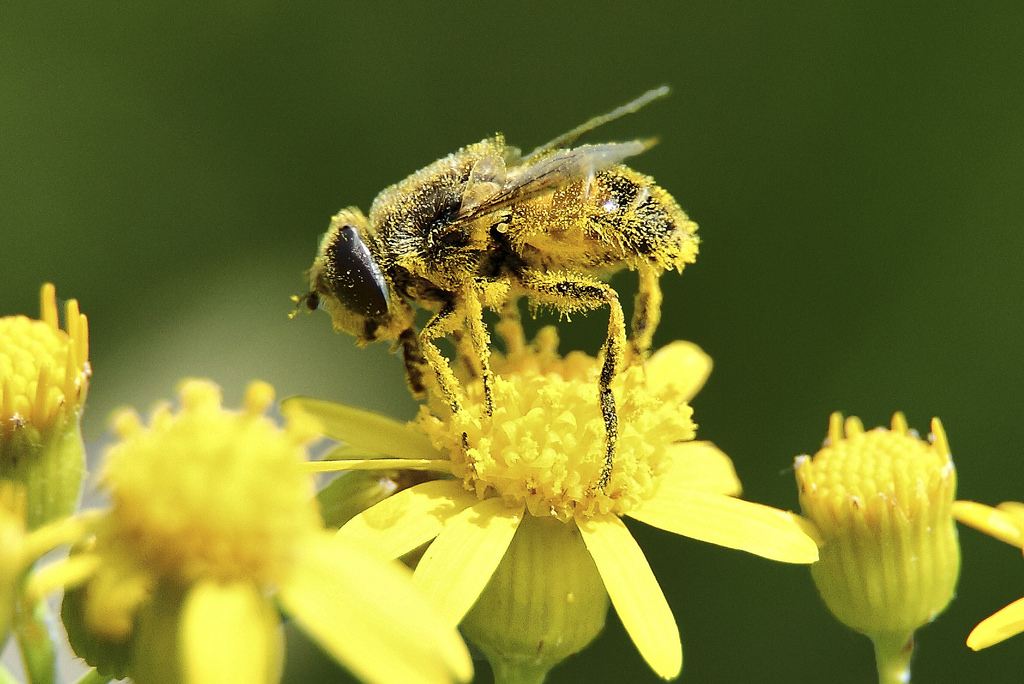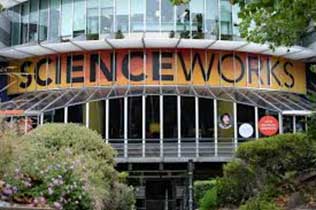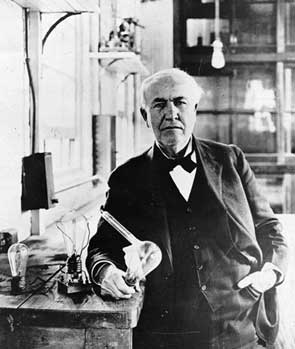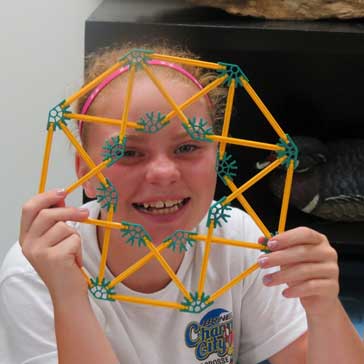The Flow Hive
Simon Watts2021-02-03T08:51:42+11:00A father and son team from NSW have revolutionized the hot, sticky and dangerous task of beekeeping, with their invention of ‘The Flow Hive’. Collecting honey is now as simple as turning on a tap! After one of the fastest crowdfunding campaigns outside the US, they have now sold 51 000 Flow Hives in 130 countries. The Flow Hive


